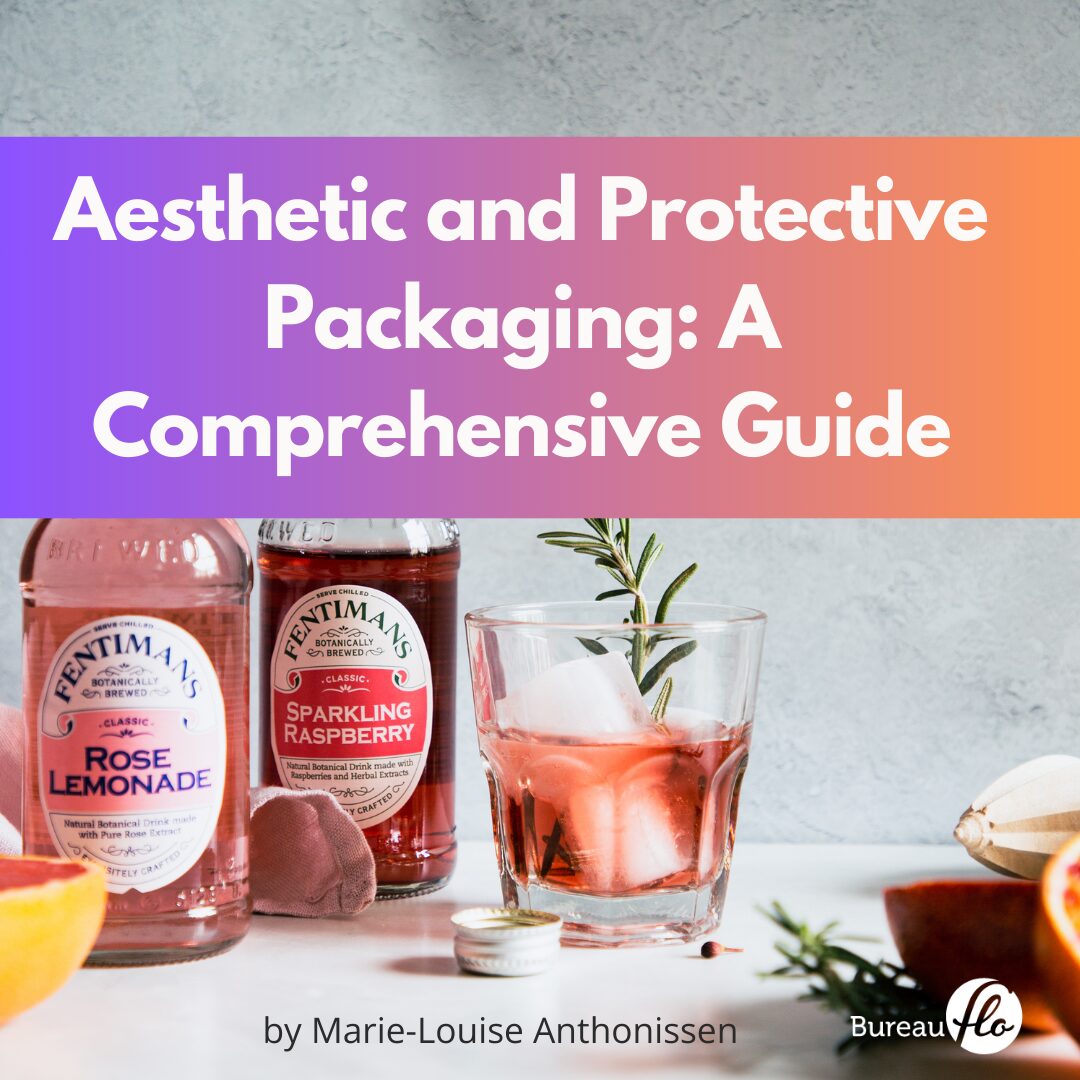Today, we delve into the essential aspects of packaging for your physical products. Packaging plays a vital role in how your product is perceived and protected. There are two key components to consider: the aesthetic design and the protective functionality of the packaging. Let’s explore both aspects in depth on Mastering Packaging Design: A Guide to Aesthetics and Functionality.
The Art of Packaging Design
The first component of packaging is its design, which includes the visual elements and the communication of your product. What do you want your packaging to convey at first glance? This involves choosing the right images, whether showcasing the product itself or portraying people using it. Your packaging should also include the product name or a model number, along with the key benefits that would appeal to your customer.
Additionally, essential information such as safety instructions, what’s included in the pack, and an address might need to be integrated. The product label is typically located on the back or bottom, with critical details like the product name, CTN, SAP number, EN code, barcode, manufacturer’s address, and certification icons being present. In some regions, products must pass certain tests, allowing you to display corresponding certification icons.
Standing Out from the Competition
For designers, applying your knowledge of communication helps your product stand out on shelves or online. Ensure your branding is consistent by using your brand colors and fonts across all marketing materials. Capturing the attention of potential customers relies heavily on what they notice at first glance—whether it’s a hero product image or a well-communicated value proposition.
It’s beneficial to conduct comparative research by photographing competitor packaging in stores or online. Whether your packaging is visually intricate or a simple brown box, consider adding a logo or quirky text to enhance its appeal cost-effectively.
On your packaging’s front, highlight your hero product image, the primary benefit, and additional features in smaller print. Utilize the educational potential of the sides and back to provide further detail about your product’s advantages and specifications.
Ensuring Protection During Transport
The second component of packaging focuses on protecting your product during transport. Products often travel long distances and must arrive undamaged. This involves both exterior and interior packaging designs, ensuring the product is securely fixed inside to prevent movement, which could lead to damage. Consider protective measures such as plastic bags or foil wraps.
Significant drop tests and vibration tests are crucial to verify the packaging can withstand transportation stresses. These tests give assurance that both the box and product will remain intact. Additionally, compression tests ensure that piled packages won’t collapse under one another’s weight.
Environmental Considerations and Prototyping
Today’s environmentally conscious market demands recyclable packaging. Alternatives to plastic like carton inserts offer both protection and recyclability. Consulting with packaging manufacturers provides insights into sustainable options. Keep detailed records of packaging designs, enabling easy supplier transitions if necessary.
Prototype testing is valuable—share designs with potential customers and conduct focus groups for feedback. Make adjustments based on insights before proceeding with mass production. A robust partnership with a reliable packaging manufacturer ensures quality reflects positively on your product.
Conclusion: Mastering Packaging Design: A Guide to Aesthetics and Functionality
By implementing these strategies, you’ll craft packaging that not only resonates aesthetically but also assures safety and functionality. I hope these tips were helpful and I look forward to our next discussion. Take care!
Want to learn more on creating your own consumer product?
Want to learn how to create a project business plan for your new product development? Sign-up for FREE training via the link below.
Follow me on:
Instagram: https://www.instagram.com/bureau_flo/
Connect with me on:
LinkedIn: https://www.linkedin.com/in/marielouiseanthonissen/

+ show Comments
- Hide Comments
add a comment